Strange thoughts occur to me sometimes when travelling on trains. I happened to be passing through Nunhead on one earlier this year it struck me that I hadn’t yet visited the cemetery there. Actually, that one’s not as strange as it seems. You see, I’d commented to an article by George Griffin here on 35mmc that despite it being the closest to me it was the only one London’s Magnificent Seven cemeteries that I hadn’t been to. So I went. Twice in fact.
Now, I admire those who are able to bring a photographic project to a satisfactory conclusion, a point at which they can say, “That’s it.” Although I managed to complete what can be considered a stand alone extract of one last year the only ability I seem to have with projects is to acquire too many of them, call it PAS if you like. So if I tell you that I’m now doing the rounds of the other six of the Magnificent Seven, this time with film, I want you to understand that this is not yet another project. It certainly isn’t, it’s a different P-word altogether: it’s the Pursuance of a theme.
George gives an excellent overview of the history of the Magnificent Seven as a whole so I’ve no need to repeat it here. This, then, is my take on the fourth one I’ve now got under my belt: West Norwood.
History and Background
West Norwood Cemetery was founded by an Act of Parliament in 1836 enabling the South Metropolitan Cemetery Company to lay out grounds for a cemetery on a site comprising part of the Great North Wood. It is from this ancient wood that Norwood takes owes its name, as do other neighbouring towns in this part of south London: Woodside, Forest Hill and Honor Oak. Consecrated for burials in 1837 it was the first cemetery in the UK to be designed in the neo-Gothic style and broadly follows Sir Christopher Wren’s recommendation of 1711 that newly created burial grounds should be “inclosed with a strong Brick Wall, and having a walk round and cross walks, decently planted with Yew-trees”. Although many of the wood’s trees were cleared during the landscaping a number remained, in fact a recent survey identified fifteen oaks, a maple and an ash that predate the foundation of the cemetery. These were joined by conifers and other evergreens to fit in with the overall design.
As with the other cemeteries forming the Magnificent Seven, West Norwood has its own unique characteristics and subsequent history. In 1842 the London Greek community acquired a section for a Greek Orthodox cemetery. Over the years with its monuments, family mausoleums and chapel this has become an impressive necropolis in its own right. It is currently undergoing extensive renovation.
The early part of the 20th Century saw a rise of interest in and acceptance of cremation. Seeking to cash in on this in 1915 the Cemetery Company rebuilt one of its two chapels and catacombs as a state of the art crematorium which even included an underground narrow gauge railway to enable coffins to be easily moved from chapel to cremator. So successful was this initiative that two further cremators were installed and the whole rebuilt in modern style in the 1920’s. Having had its equipment updated several times the crematorium still functions on a daily basis.
The success of the crematorium notwithstanding, the austerity of the post WW2 years and decreasing space for new burials brought financial difficulties to the Cemetery Company which found itself unable to afford the the cemetery’s upkeep and repair to bomb damaged buildings. As a result Lambeth Council compulsorily purchased in 1965. Sensing an opportunity to make a quick buck from the deal the council claimed ownership of existing graves and reserved plots. Converting much of the site into a “lawn cemetery”, removing what is estimated to be some 10,000 monuments in the process, it then re-introduced new burials and selling plots for re-use. Understandably, the Church of England took a dim view of these proceedings. Two court cases ruled that Lambeth Council had acted illegally, forcing it cease new burials and reinstate at least some of the monuments. Lambeth Council is still responsible for the cemetery and operates the crematorium, albeit under a joint management arrangement that includes the no doubt watchful eyes of the Diocese of Southwark, the Friends of West Norwood Cemetery and Historic England.
To be fair, the areas immediately inside the entrance gate and those adjoining what is now a perimeter road accessing the crematorium are reasonably well looked after. Stray away from these and the effects of nature and the passage of time are asserting themselves.
The Five Frames
We’ll take this path….
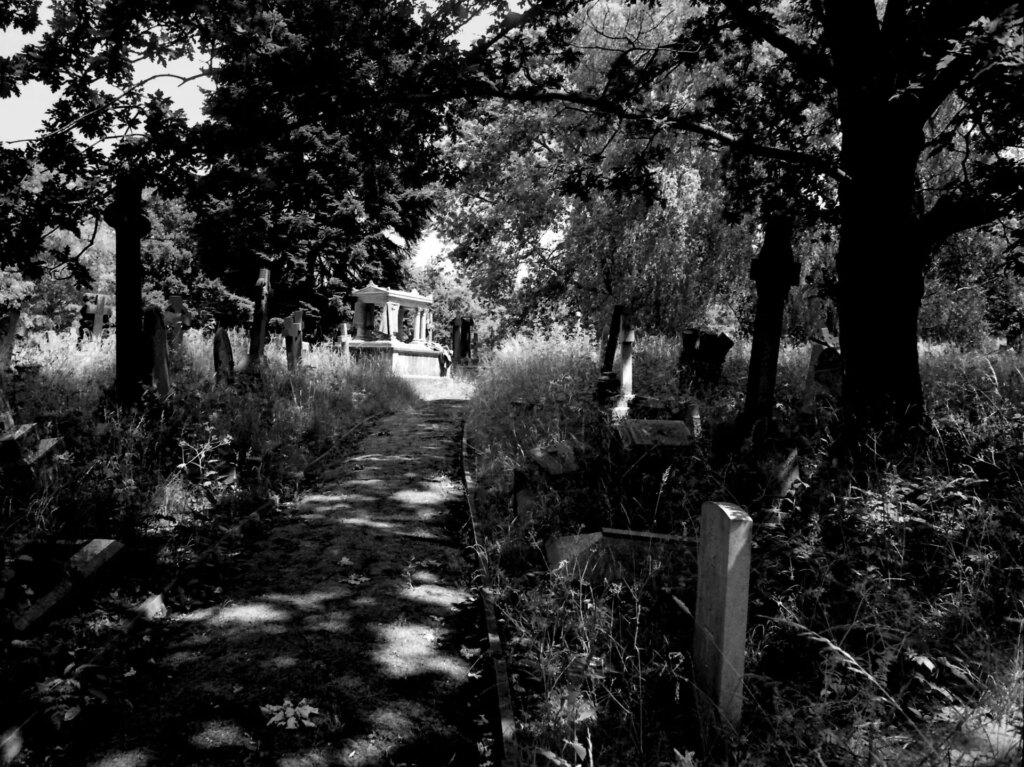
….the play of light and shade is what we’re after….
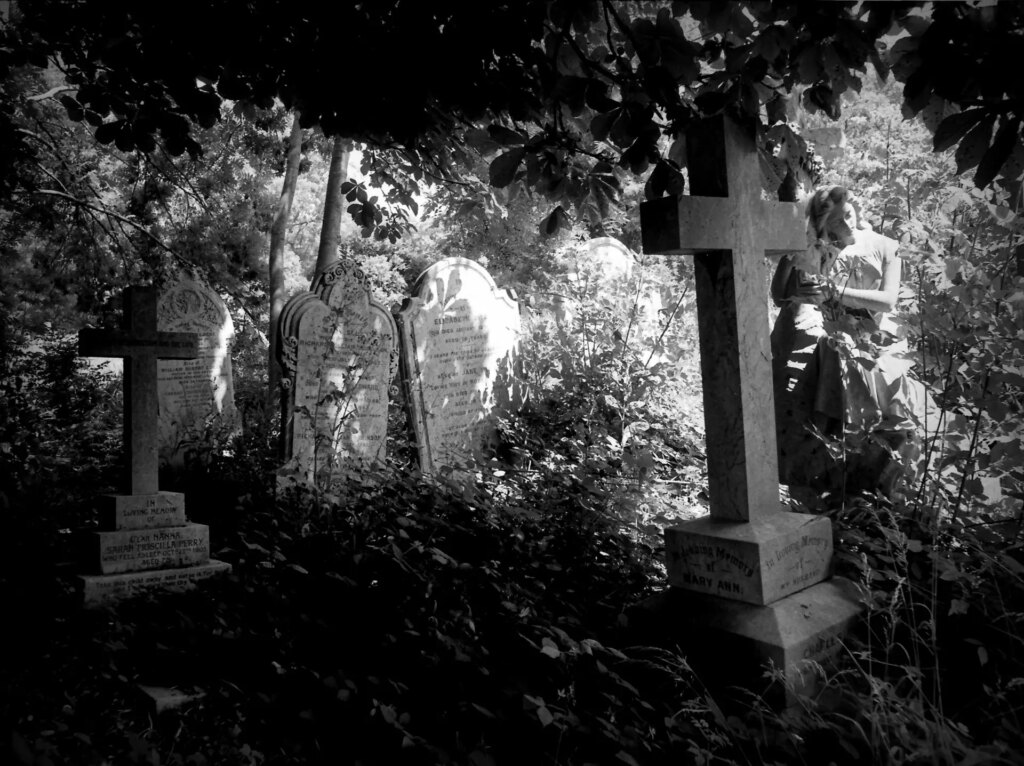
….and pools of light dappling through the trees.
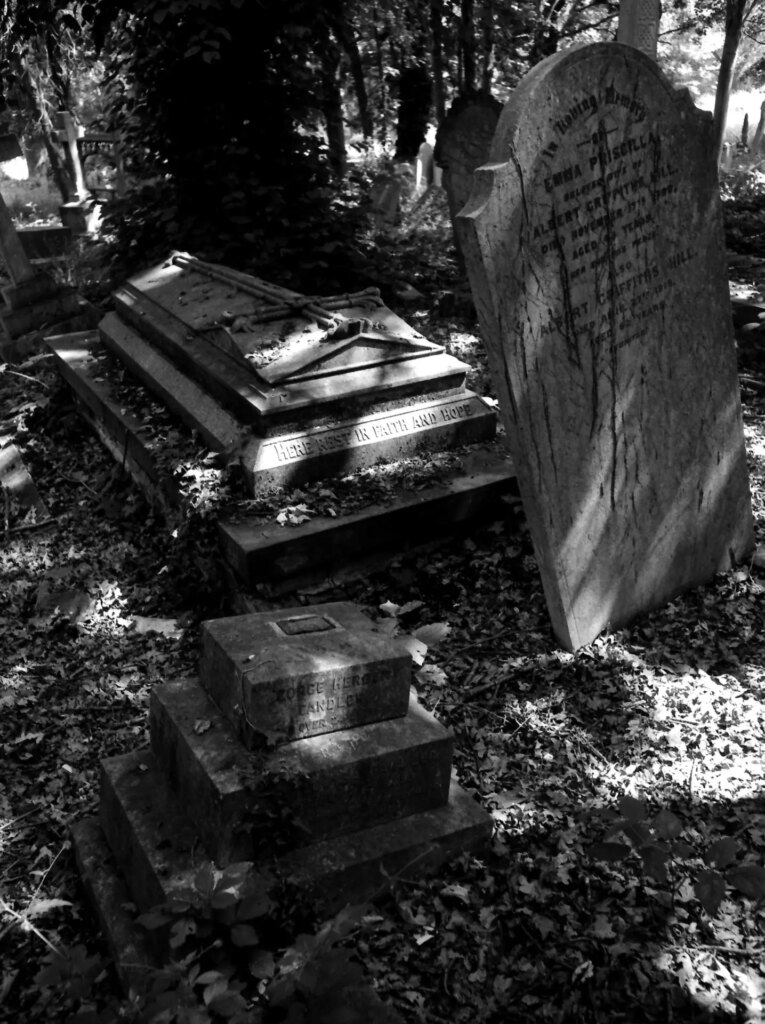
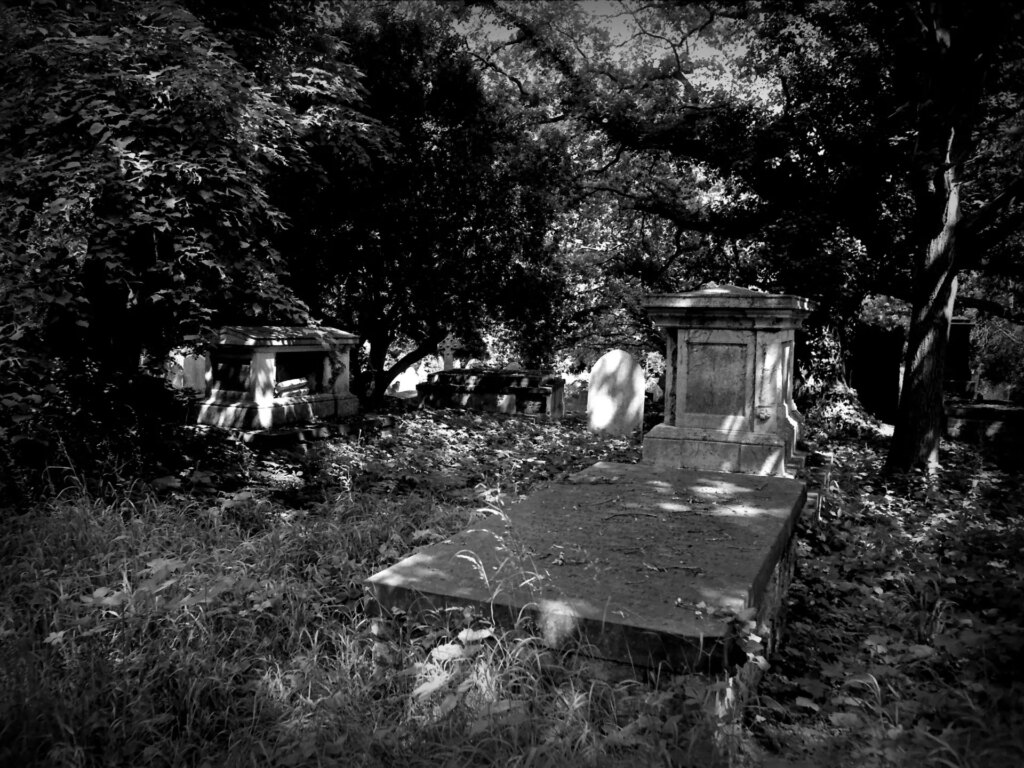
And this is exactly what we’re after: the Great North Wood recaliming its inheritance….
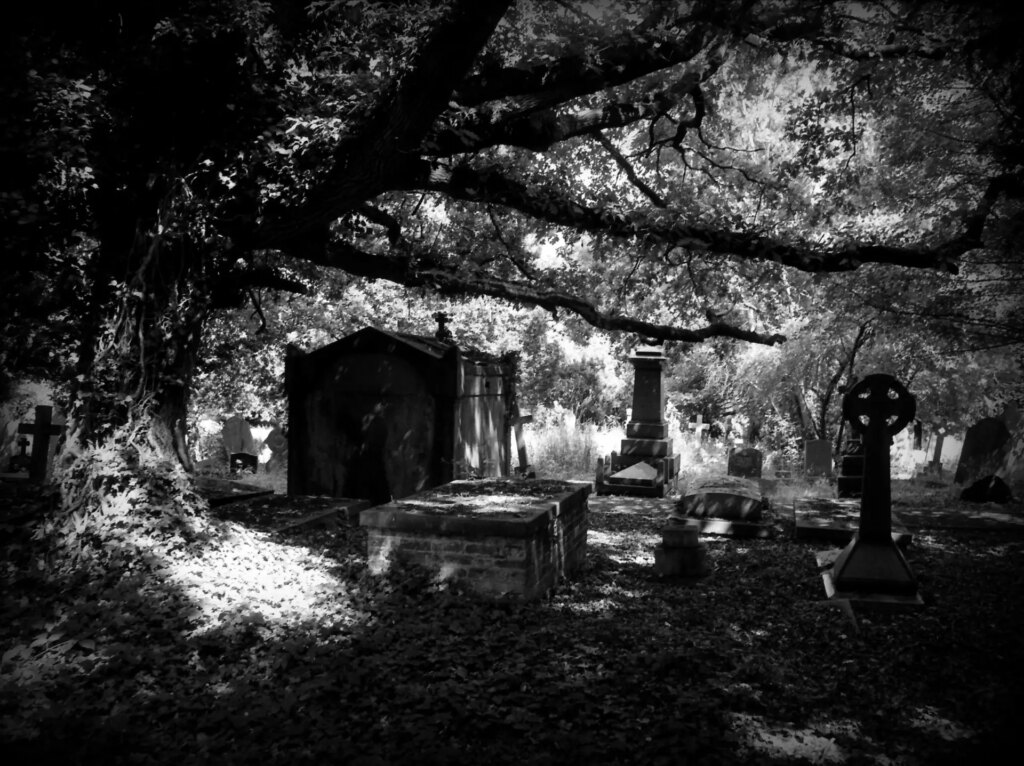
The film used was FP4+ whch was developed in Rodinal 1:50.
The Rokkor 28mm f3.5
I thought it would be an easy matter to do a bit of research and jot down a few notes about this lens. Unfortunately it’s not a simple story, so I’ve left it until last and made it as succinct as I can.
It seems that Minolta had a fixation with 28mm lenses, producing f2, f2.5, f2.8 and f3.5 versions just for the SR mount alone. Of these the humble f3.5 has the longest pedigree, from 1958 to 1985-ish. During this period it ran through 9 (or is that 10?) variants which took in plain SR, MC, MD and MD-X mounts and changes to cosmetics, coating and optical formula, with the very last version dropping the Rokkor name in favour of just Minolta. If you want a cure for insomnia you can look it all up here and here.
Some recent retrospective reviews are quite scathing of the f3.5’s performance. Strange, because when I bought one as my first wide angle back in the seventies it was considered to be a value for money alternative to the f2.8 with nothing much to choose between them except speed and price. I was more then happy with its performance then, as I am with the two I have these days: this one, the last MC version, and the later and smaller last MD version. In use, I’ve shoot them all in a variety of light conditions, including night-time, and have never felt disadvantaged by its relative slow speed dimming the viewfinder, even when using a yellow filter as I did here.
The bottom line? If Minolta thought the Rokkor 28mm f3.5 good enough to keep in production for well over twenty years then it’s good enough for me.
Thanks for reading.
And thanks to the Friends of West Norwood Cemetery for the historical background, the intereptation of which is entirely my own.
Share this post:
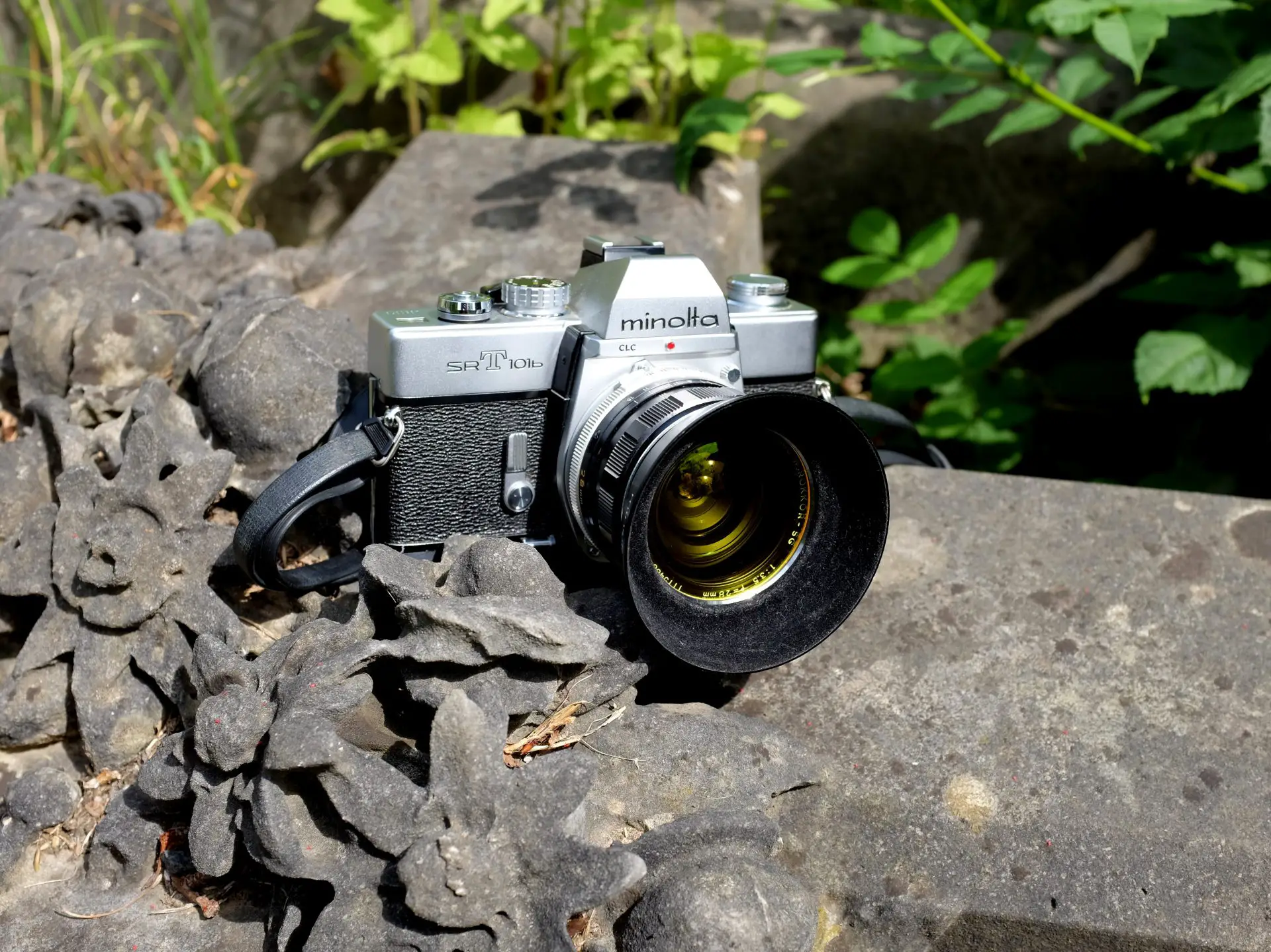
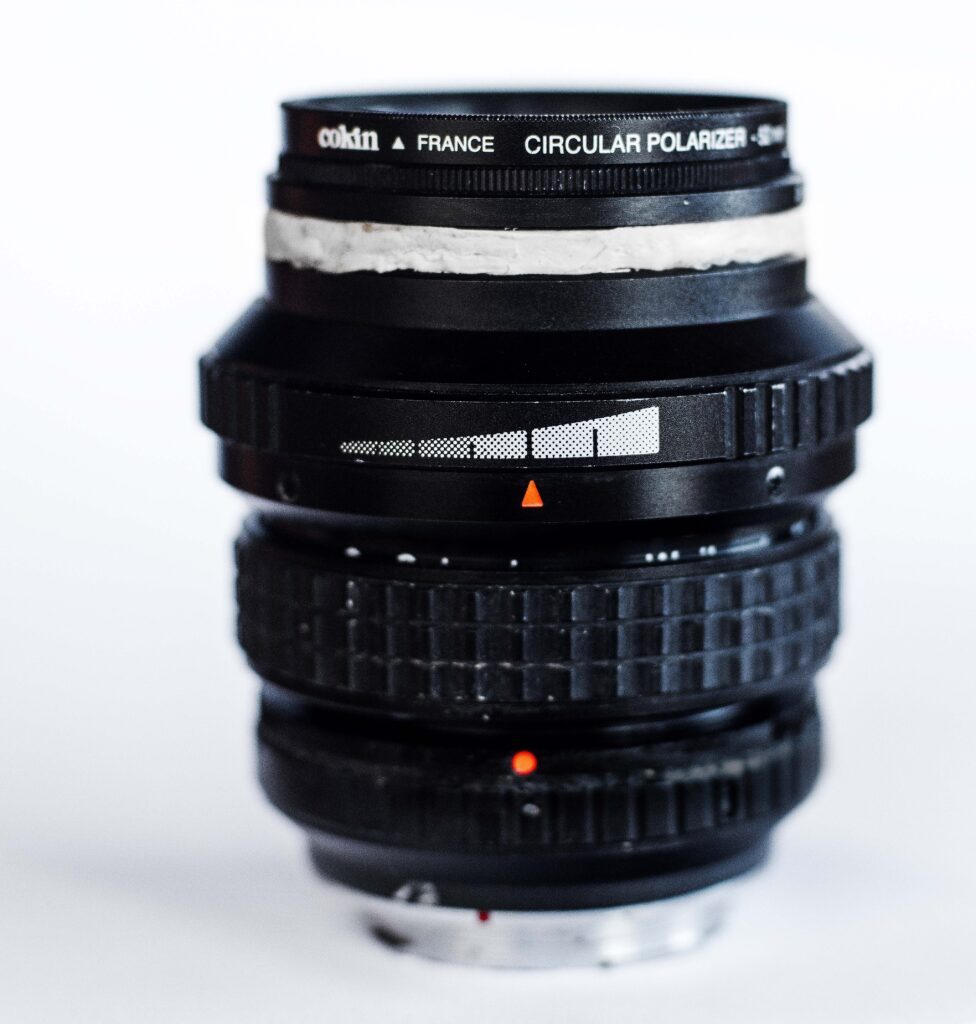
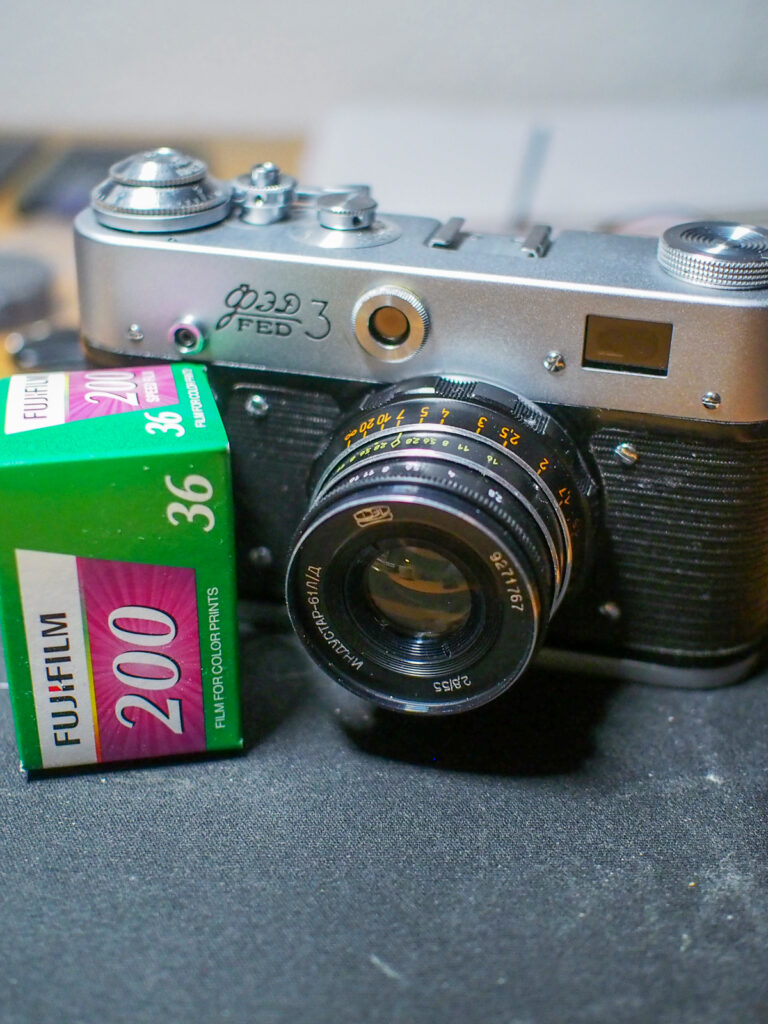
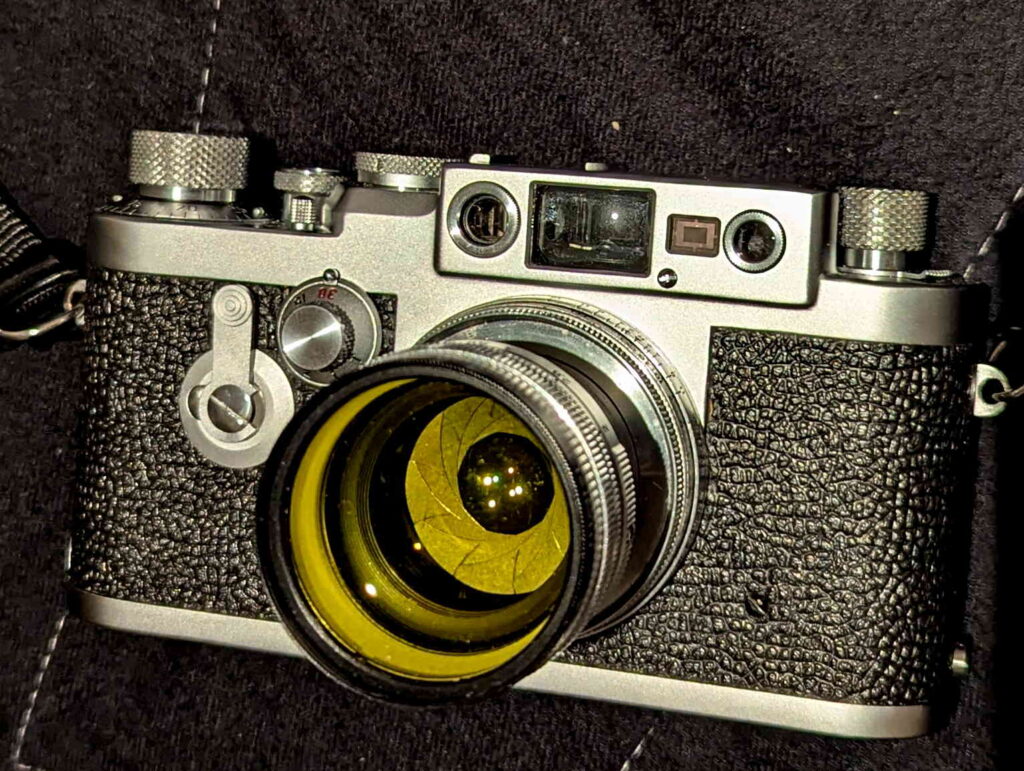
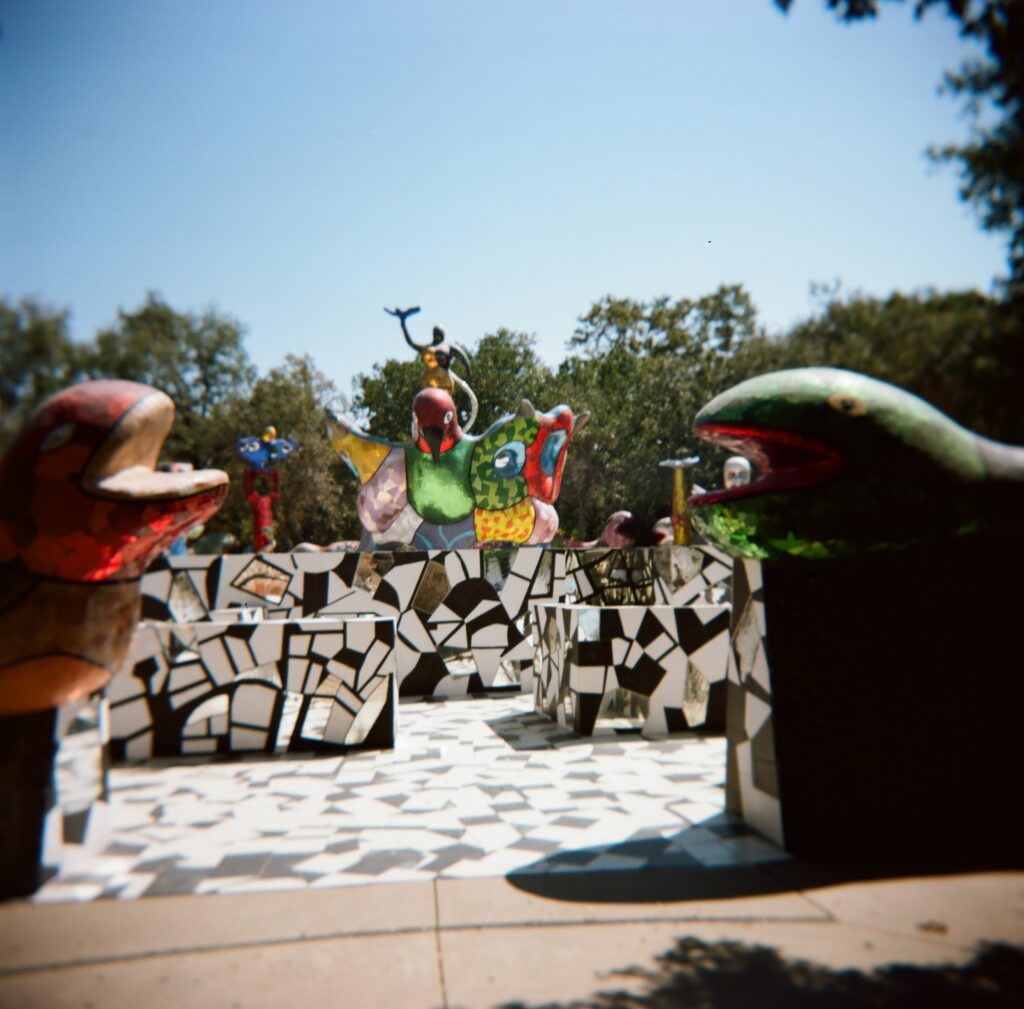




Comments
Gil Aegerter on 5 Frames in West Norwood Cemetery with a Minolta SRT-101b and Rokkor 28mm f3.5
Comment posted: 12/08/2023
Re: the 28mm f3.5. I have never owned one, though I have read the varying reviews and down the 2.8 and 2.5 versions. If it's anything like the similar Nikkor lens, it is a fine lens, no matter what the experts say.
Comment posted: 12/08/2023
Geoff Chaplin on 5 Frames in West Norwood Cemetery with a Minolta SRT-101b and Rokkor 28mm f3.5
Comment posted: 13/08/2023
Comment posted: 13/08/2023
Bob Janes on 5 Frames in West Norwood Cemetery with a Minolta SRT-101b and Rokkor 28mm f3.5
Comment posted: 13/08/2023
Comment posted: 13/08/2023
Alasdair Mackintosh on 5 Frames in West Norwood Cemetery with a Minolta SRT-101b and Rokkor 28mm f3.5
Comment posted: 13/08/2023
The amazing interplay of shapes, light, and shadow makes it look as though you could keep on returning there, and always find something new. Thanks for giving us a glimpse.
I think number 2 is my favourite for the combination of elements in the frame. I might also be tempted to go back next time (I'm sure there will be one) with a larger selection of lenses, so that I could find different views.
Comment posted: 13/08/2023
Julian Tanase on 5 Frames in West Norwood Cemetery with a Minolta SRT-101b and Rokkor 28mm f3.5
Comment posted: 14/08/2023
Again, great photographs and article!
PS - this is a second attempt to leave a comment here. For some unknown reason, and for a third time, my comments went missing.
Comment posted: 14/08/2023
Stefan Wilde on 5 Frames in West Norwood Cemetery with a Minolta SRT-101b and Rokkor 28mm f3.5
Comment posted: 19/08/2023
Comment posted: 19/08/2023